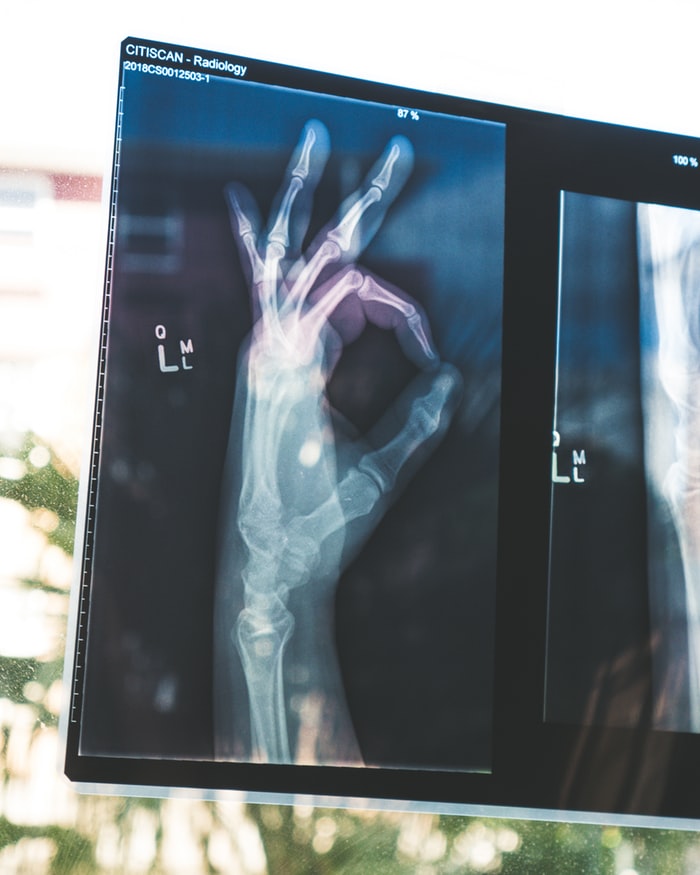Myths and Facts About XLH

Like most rare conditions, X-linked hypophosphatemia (XLH) is a complicated disorder that many people may not fully understand. There are both myths and facts about the progressive, inherited disease.
Here, we help you separate the myths and the facts and learn more about XLH.
XLH is a childhood disease
Myth. While XLH symptoms — which can include bowed legs, joint dislocations, dental problems, and other issues with bones and teeth — usually first appear in childhood, the disease is lifelong. In fact, muscle symptoms and dental problems usually persist into adulthood, and can sometimes become worse as you age.
XLH is a genetic condition
Fact. Most cases of XLH, about 70% or more, are inherited from a parent, while about 20-30% are due to spontaneous mutations in the person’s genes. In such cases, neither parent has a copy of the disease-causing mutations in the PHEX gene. Instead, the mutation arises on its own in the individual before birth.
Early diagnosis is helpful
Fact. Treatment can’t start until your doctor knows what you or your child is dealing with, so the sooner there’s a diagnosis, the earlier therapies can begin. What’s more, data suggest that children who receive an early diagnosis have a better treatment outcome.
Your child can’t attend school
Myth. Children with XLH can attend school, though they likely will require special accommodations to assist in their education. You will have to work with school administrators to come up with an individualized education plan, known as an IEP, or a 504 education plan to accommodate your child’s needs. While an IEP usually addresses specialized instruction needs, a 504 plan often focuses on modifying a student’s regular education program with physical accommodations such as preferential seating, technology aids, and pre-approved nurse’s office visits.
There is no treatment for XLH
Myth. There are several treatments available to ease the symptoms of XLH and correct skeletal problems. Moreover, scientists have learned more about the condition over the last two decades and are working on several new treatment options.
Travel is out of the question
Myth. While traveling can be challenging for people with XLH, patients and their caregivers must simply be aware of what needs to be done before and during travel to minimize discomfort and enhance safety. With proper advance planning, travel can be made easier for people with XLH and their families.
Every patient is different
Fact. No two individuals, even within the same family, experience XLH in the same way. Children may exhibit some signs or symptoms at an early age, or none until they are older. In adults, new symptoms may appear or existing ones may get worse over time. Each person’s treatment must be tailored to his or her individual symptoms.
XLH defines you
Myth. While XLH will be with you your whole life, the disease doesn’t represent you as a human being. An XLH diagnosis is the beginning, not the end, of a journey in which the disease can be managed with proper support. As your and your loved ones’ understanding of XLH grows, so too will the confidence to deal with it.
Last updated: Jan. 29, 2020
***
XLH News Today is strictly a news and information website about the disease. It does not provide medical advice, diagnosis, or treatment. This content is not intended to be a substitute for professional medical advice, diagnosis, or treatment. Always seek the advice of your physician or other qualified health providers with any questions you may have regarding a medical condition. Never disregard professional medical advice or delay in seeking it because of something you have read on this website.






